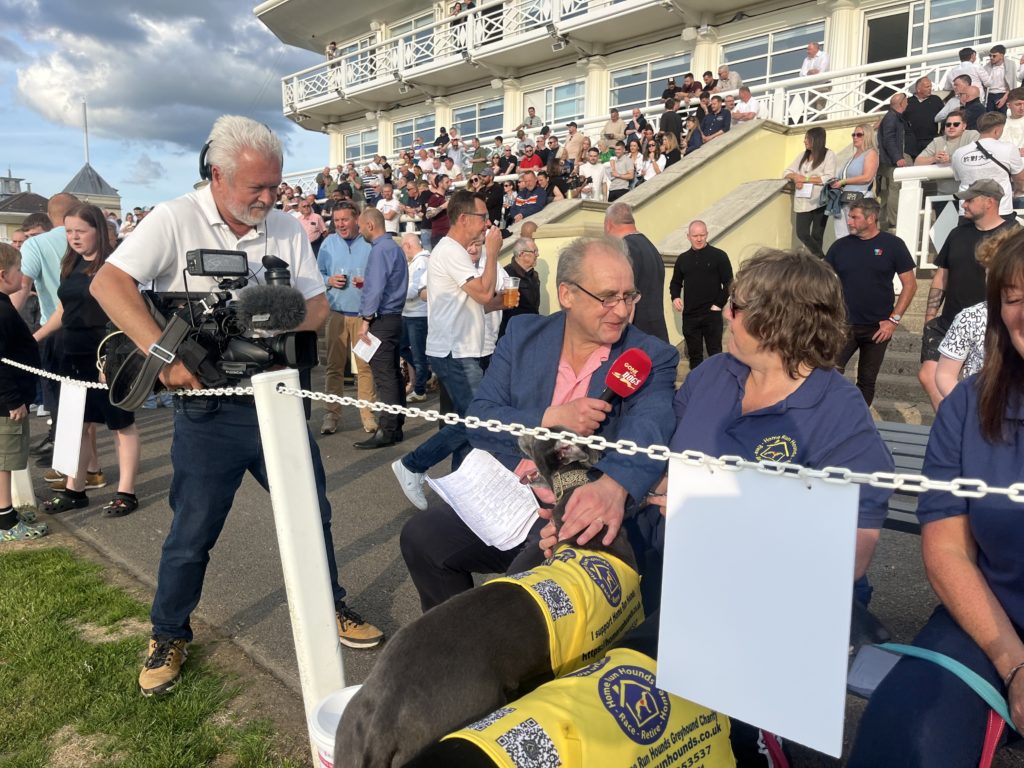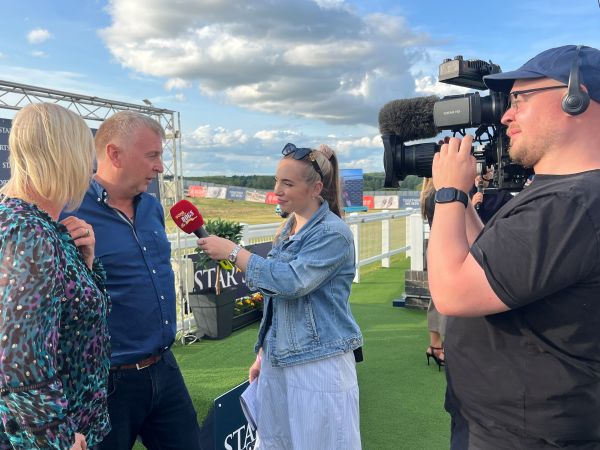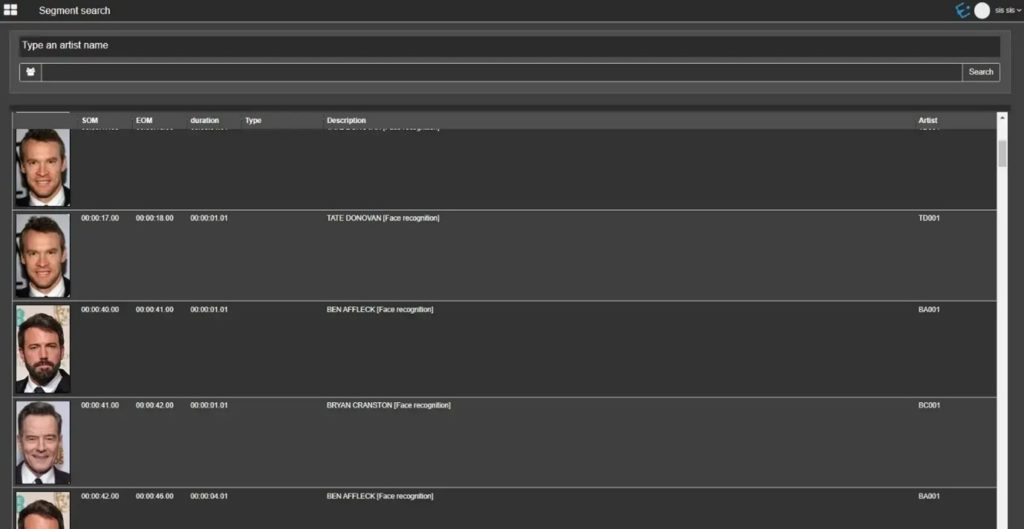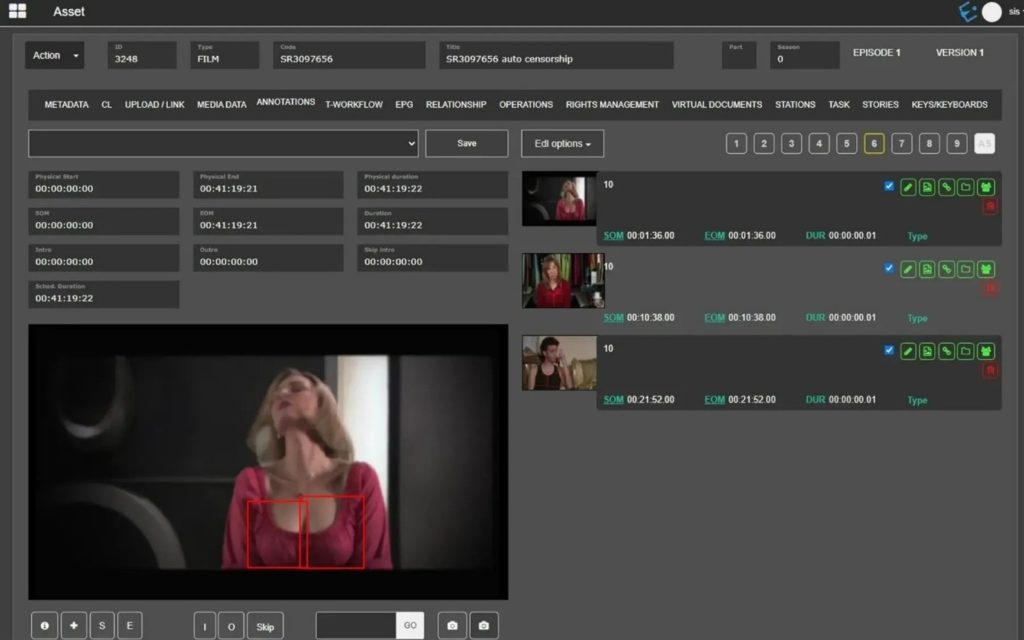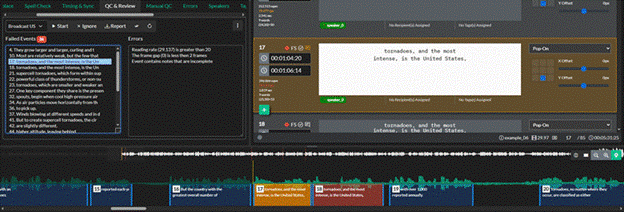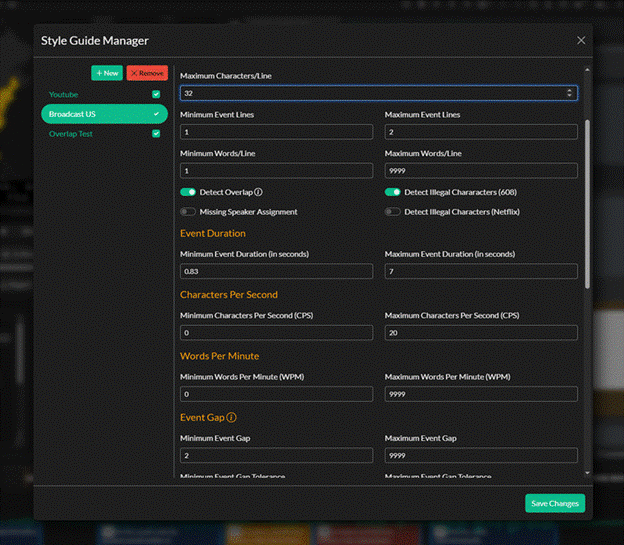Grass Valley – Enterprise AV: Where MediaTech Suppliers are Finding Parallel Growth Opportunities
Jonathan Lyth, Product Director, Enterprise Media, Grass Valley
For decades, Grass Valley has been synonymous with top-tier broadcast technology, powering some of the world’s most demanding, mission-critical media workflows. From live sports to premium entertainment, our name is trusted in control rooms, OB trucks, and production hubs around the globe.
What’s less widely understood is that Grass Valley has also been a quiet but consistent player in the enterprise media (EM) market for many years. We’ve supplied tools and platforms that have powered everything from corporate communications and education to government and large-scale events. This success was largely organic, a by-product of our strength in broadcast, but in the past few years, we’ve recognized the scale of the EM opportunity and have committed to a far more focused, intentional strategy to serve it.
The growth potential here isn’t theoretical. Enterprise media applications are expanding at pace, driven by the need for organizations to communicate, collaborate, and share content with the same polish and reliability audiences expect from broadcast. These are different markets, with different dynamics, and that’s where the challenge and opportunity lie.
The Journey from Broadcast to Enterprise
Our transformation over the past few years, moving from a hardware-centric business to an agile, software-defined media company has unlocked new possibilities for us. We’ve redefined broadcast workflows with software- defined, scalable solutions, and now we can apply the same principles to enterprise media market segments.
Events such as ISE 2025 have been invaluable in sharpening our understanding of the sector. Walking the show floor, talking to customers, and observing the technology ecosystem has made it clear that ISE and InfoComm are as pivotal to enterprise AV as NAB or IBC are to broadcast. These events will be major touchpoints for us in 2026 as we showcase a refined enterprise media offering, one that blends our broadcast DNA with a deep respect for enterprise-specific needs.
Multiple Markets, Multiple Realities
One of the first lessons in enterprise media is that it’s not a single market. It’s a constellation of sectors ; corporate, education, houses of worship, live events, government, healthcare, and more. Each comes with its own technical requirements, purchasing cycles, utilization models, and measures of success.
In broadcast, the value of a production is often tied directly to revenue; advertising, sponsorship, or subscription. In enterprise, the stakes are just as high but measured differently. Consider an all-hands corporate meeting: there’s no advertising revenue, but you’re engaging hundreds or thousands of employees, all on the clock. That’s a significant investment in time, and communication must be engaging, clear, and effective for the event to be a success.
Technical and operational skill levels also vary widely between enterprise segments. A university media team may have a different approach and in-house capability than a corporate comms department, and vastly different from a worship production team. We need to research, respect, and react to these differences and not offer a broad-brush solution.
Adapting Broadcast-Grade Tech to Enterprise Needs
Our goal is not simply to take broadcast products and drop them into enterprise environments, but to refine them for fit. That means:
- Interoperability with standards from both worlds: SMPTE standards on the broadcast side, AV-over-IP protocols and UC platform integrations on the enterprise side.
- Simplification of control: user interfaces that are intuitive for non-broadcast operators, and APIs that make integration straightforward for technical teams.
- Consolidation of systems: reducing the operational overhead of managing multiple, siloed platforms by providing unified solutions that handle switching, streaming, recording, and distribution.
- Energy efficiency: power and cooling savings that align with corporate sustainability goals.
- Flexible deployment models: “Base and Burst” capacity to allow cost optimization, scaling up for major events and scaling down when not needed.
- Open integration with third parties: platforms like Zoom or Teams should connect seamlessly into production workflows.
- New financing models: balancing capex and opex to match each customer’s utilization pattern, from perpetual licenses to subscription or pay-per-use.
What’s Next for Grass Valley in Enterprise Media
Looking ahead, we’re building solutions that carry the reliability and quality of broadcast but are designed with enterprise realities in mind.
We’re also working on removing one of the biggest pain points for enterprise AV teams: the complexity of integration. Too often, systems are a patchwork of different vendors and technologies, glued together with custom code and manual workarounds. The result is fragile, hard to scale, and expensive to maintain. By delivering unified platforms that handle multiple functions we can help enterprise customers streamline operations and reduce both cost and risk.
At the same time, we’re committed to openness. No single vendor will ever own the entire enterprise media stack, so we embrace interoperability and integration, not as a reluctant compromise, but as a core strategy.
Parallel Markets, Shared Innovation
The convergence between broadcast and enterprise is accelerating. Corporate events often look like TV shows; universities run high-quality streaming channels; houses of worship produce multi-camera live services that rival professional concerts. The line between “broadcast” and “enterprise” content is blurring, but the business models and operational contexts remain different.
For suppliers like Grass Valley, that means we can’t just repurpose broadcast solutions; we must reimagine them. But the payoff is substantial: tapping into parallel markets that value quality, reliability, and scalability every bit as much as our traditional customers, but measure success in different ways.
Enterprise media is not a sideline for Grass Valley, it’s a strategic growth area where our broadcast heritage gives us a strong foundation, but our future-focused product strategy will define our success.
We’ve transformed our business for the broadcast world. Now, we’re applying those same tools, skills, and innovations to transform enterprise media as well. The opportunities are there. The markets are ready. And so are we.


